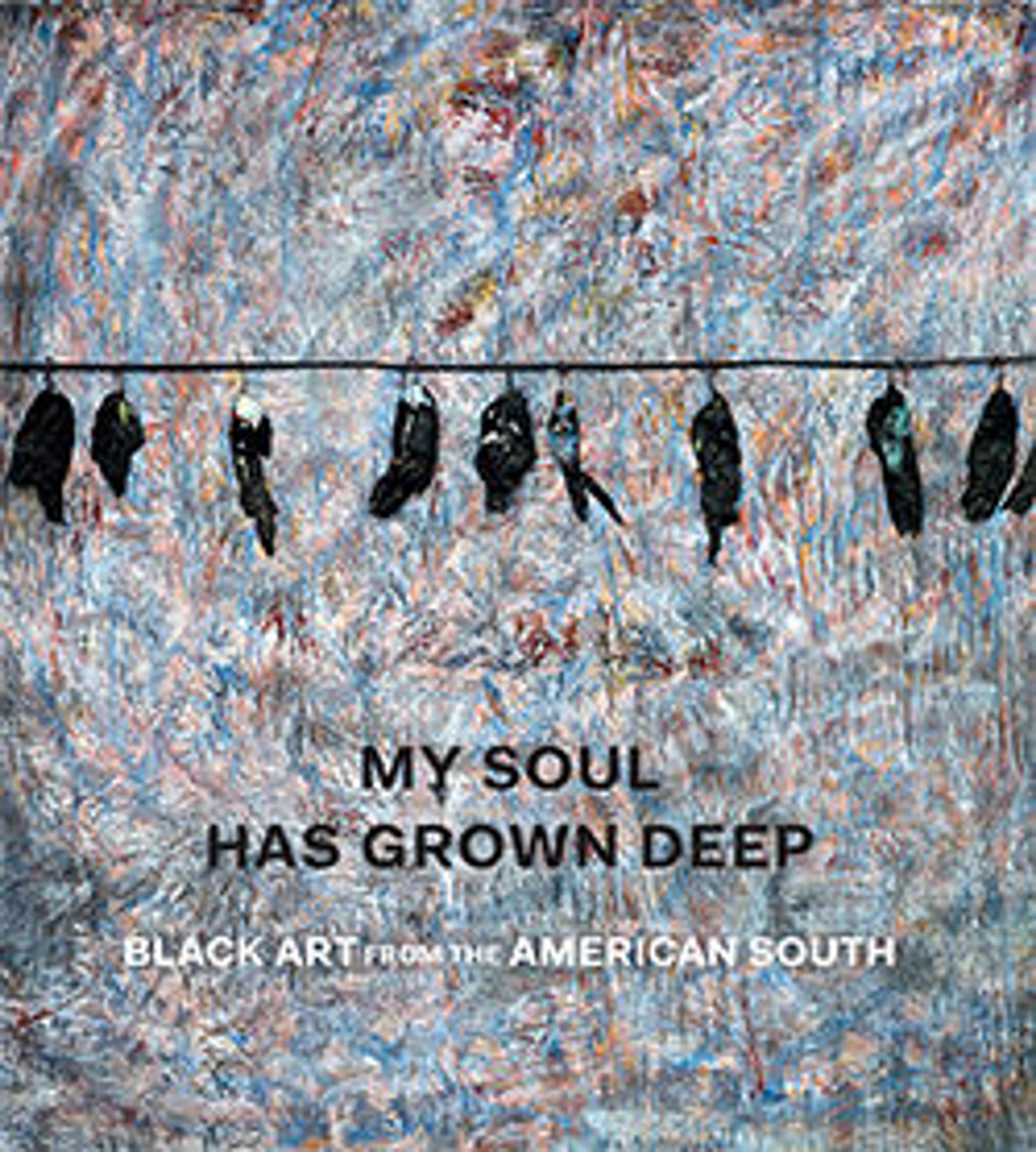Quilt, Star of Bethlehem pattern variation
Multicolored and patterned silks make up the very finely pieced star blocks. These alternate with unpieced blocks to a pink-and-green changeable silk. The unpieced blocks have been intricately quilted and stuffed, each with a different plant or flower. Carded cotton was used for the stuffed areas and the batting. The edge of the quilt is bound with lavender silk, and the backing is of solid pink glazed cotton.
Two sisters, both enslaved African-Americans who worked for Marmaduke Beckwith Morton, made this silk quilt, which combines beautiful workmanship and sophisticated design. It originally adorned one of the beds in Morton’s family seat, known as "The Knob". The quilt is composed of pieced blocks in the "Star of Bethlehem" pattern. In the interstices between the blocks, the plain silk areas are decorated with quilted floral and fern patterns, each one different. The quiltmakers, known as "Aunt Ellen" and "Aunt Margaret", were born at "The Knob"; their mother, "Aunt Eve" was the "mammy" to twelve Morton children, including Marmaduke, who then eventually owned her children. In Morton family remembrances, Ellen was known as a good seamstress, while her younger sister Margaret was the family cook for many years. Even after slavery was abolished, Ellen continued to work at "The Knob", and cared for Marmaduke Morton up until his death in 1887.
Through study of the similarities of materials and quilting designs and techniques, as well as through historical research, it is apparent that Ellen Morton Littlejohn and Margaret Morton Bibb also created the 1825-1850 Silk Quilt at the Smithsonian National Museum of American History (1982.0392) and the Whig Rose with Swag Border Quilt at the American Folk Art Museum (2012.8.1).
Two sisters, both enslaved African-Americans who worked for Marmaduke Beckwith Morton, made this silk quilt, which combines beautiful workmanship and sophisticated design. It originally adorned one of the beds in Morton’s family seat, known as "The Knob". The quilt is composed of pieced blocks in the "Star of Bethlehem" pattern. In the interstices between the blocks, the plain silk areas are decorated with quilted floral and fern patterns, each one different. The quiltmakers, known as "Aunt Ellen" and "Aunt Margaret", were born at "The Knob"; their mother, "Aunt Eve" was the "mammy" to twelve Morton children, including Marmaduke, who then eventually owned her children. In Morton family remembrances, Ellen was known as a good seamstress, while her younger sister Margaret was the family cook for many years. Even after slavery was abolished, Ellen continued to work at "The Knob", and cared for Marmaduke Morton up until his death in 1887.
Through study of the similarities of materials and quilting designs and techniques, as well as through historical research, it is apparent that Ellen Morton Littlejohn and Margaret Morton Bibb also created the 1825-1850 Silk Quilt at the Smithsonian National Museum of American History (1982.0392) and the Whig Rose with Swag Border Quilt at the American Folk Art Museum (2012.8.1).
Artwork Details
- Title: Quilt, Star of Bethlehem pattern variation
- Maker: Ellen Morton Littlejohn (1826–1899)
- Maker: Margaret Morton Bibb (ca. 1832–ca. 1900–1910)
- Date: ca. 1837–50
- Geography: Made in Logan County, Russelville, ("The Knob"), Kentucky, United States
- Culture: American
- Medium: Silk and cotton
- Dimensions: 88 1/4 x 87 1/8 in. (224.2 x 221.3 cm)
- Credit Line: Gift of Roger Morton and Dr. Paul C. Morton, 1962
- Object Number: 62.144
- Curatorial Department: The American Wing
More Artwork
Research Resources
The Met provides unparalleled resources for research and welcomes an international community of students and scholars. The Met's Open Access API is where creators and researchers can connect to the The Met collection. Open Access data and public domain images are available for unrestricted commercial and noncommercial use without permission or fee.
To request images under copyright and other restrictions, please use this Image Request form.
Feedback
We continue to research and examine historical and cultural context for objects in The Met collection. If you have comments or questions about this object record, please contact us using the form below. The Museum looks forward to receiving your comments.
